There are some who say that Madrid’s royal palace (or Palacio Real) is the most beautiful royal palace in Europe. Having not visited all of them, it would be difficult to definitively agree with this statement; however, there is no doubt that the Palacio Real is a must-visit for any royal fan.

The impressive Palacio Real in Madrid (Olivia Moran)
The Palacio Real is situated just across the Plaza de Oriente from the Royal Opera House and Theatre, and opposite the Almudena Cathedral, where King Felipe and Queen Letizia married in 2004. However, the palace is no longer the official residence of the Spanish monarch – the current King and Queen live with their daughters, Leonor and Sofia, in the Zarzuela Palace, located just outside the city. Although it is no longer a royal residence, the building is still used for all official ceremonies, state banquets and other key events. King Juan Carlos I’s abdication ceremony was held here in 2014, when he passed the crown to his only son, who became Felipe VI.
The site was originally home to an Alcazár, which was constructed in the 9th century by the Muslim king based in Toledo, and was envisioned as a defensive site to protect the kingdom against invaders. The palace then fell into the hands of Alfonso VI, King of Castile. The Castlle Monarchy, however, did not make use of the palace. It wasn’t until the building burned down in 1734 that the King, Felipe V, decided to convert the palace into a residence for the House of Bourbon.

An aerial view of the Palace, as seen from the viewing deck of the Almudena Cathedral (Olivia Moran)
The palace was a shared project between four different architects throughout its construction, which took place between 1738 and 1755. The original design was overseen by Filippo Juvarra, who had to ensure that the building was spacious enough for Felipe V’s 3,000 courtiers. Juvarra had wanted the palace to be almost four times the size of the current building; however, upon his death the designs were scaled down. Construction began under Juan Bautista Sacchetti, before Francisco Sabatini and Ventura Rodríguez finished the project, both prominent architects whose work can be seen throughout the city.
A post shared by Jason Kong孔 (@jas_x_k) on
The Palace is one of the largest in Western Europe, with almost 3,000 different rooms; the throne room, as seen below, is one of the most impressive. Inside, there is a treasure trove of artefacts, furniture, art and tapestries. With works by artists such as Goya, Velázquez and Mengs, the walls of the palace are lined with paintings, frescoes, china vases, pottery, gold, porcelain, silk hangings; everything is incredibly ornate. The rooms themselves, in addition to being numerous, are enormous in size – the dining room, used for state banquets, can seat over 100 guests for formal dinners.
Another notable room is the Porcelain Room, which was completed in 1771. Carlos III commissioned the local Royal Porcelain Factory to produce enough ceramics to entirely cover the walls of this room. As a result, the walls appear so glossy and bright that it almost hurts to stare at it for too long, although it is equally difficult to pull your eyes away from the intricate ceramics.
There is even a private Chapel, which is reserved exclusively for the use of the Spanish royal family or for state ceremonies. For instance, a commemorative mass was held there in 2013 to mark the centenary of the birth of Don Juan de Bourbon, King Felipe’s grandfather. Although Don Juan never officially took the throne due to the 1939-1975 dictatorship of Francisco Franco, the Spanish General did name Don Juan’s son, Juan Carlos I, to be his official successor upon Franco’s death, thus continuing the Bourbon royal line.
Embed from Getty ImagesEmbed from Getty Images
A post shared by JW (@joycew_xox) on
The entrance to the palace is dominated by a beautiful marble staircase, designed by Sabatini. The artwork on the ceiling represents Spain’s role as the protector of religion. While climbing the 70 steps, visitors can admire a depiction of the Spanish monarchy’s coat of arms. Overlooking the staircase is a marble statue of Carlos III, Felipe V’s son and the first occupant of the palace. It almost appears as if he is watching over all who enter his home, judging who is worthy to visit. There are also sculptures of two lions, similar to the statues which stand guard outside the Congreso de los Diputados, the Spanish equivalent to the British House of Commons.
The palace also displays four Stradivarius instruments, two violins, a viola and a violoncello, a unique collection estimated to be worth 100 million euros. The set was originally a quintet, but the two violas disappeared during the Napoleonic wars, with only one ever being recovered.
Behind the palace are the beautiful Sabatini Gardens, which have stone benches surrounded by ponds, beautiful greenery and flowers – if you ever visit Madrid, it is well worth sitting in the gardens to admire the amazing views of the Palacio, contemplate their tranquility or even just rest tired feet.

The Palacio Real of Madrid, as seen from the beautiful Sabatini gardens (Olivia Moran)
In addition to events inside, illuminations are used to incorporate the Palacio Real into celebrations for holidays or national fiestas. For the Spanish national day celebrations on 12th October, the Spanish flag is projected onto the walls of the palace, where crowds gather to celebrate the holiday.

The Royal Palace is used in the celebrations for national holidays, for example the National Day on 12 October. C/ Gareth Moran
The Palace is open all year round for tours, and there is generally a long, winding queue for tickets – you either have to book online or arrive at least 20 minutes before the 10am opening time to avoid waiting in the scorching Spanish heat. There is also a ceremonial changing of the guard, each Wednesday and Sunday, generally around 1100, which allows visitors to get quite close to the guards and their well-groomed horses – they aren’t behind any form of gate, so you can take great photos! Although you can only tour around 10% of the rooms, the Palacio Real is well worth a visit for lovers of royalty, art, architecture and history alike.

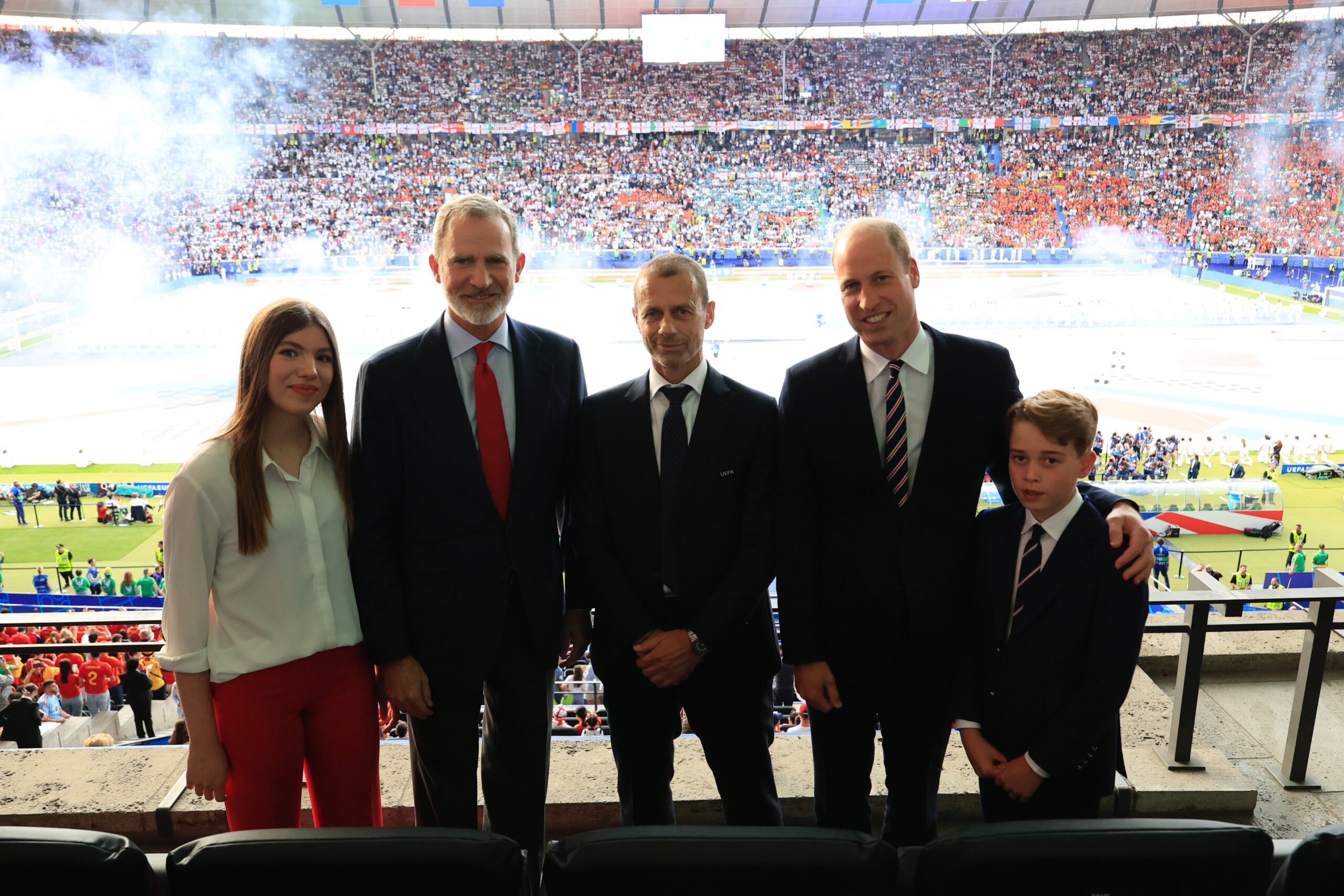
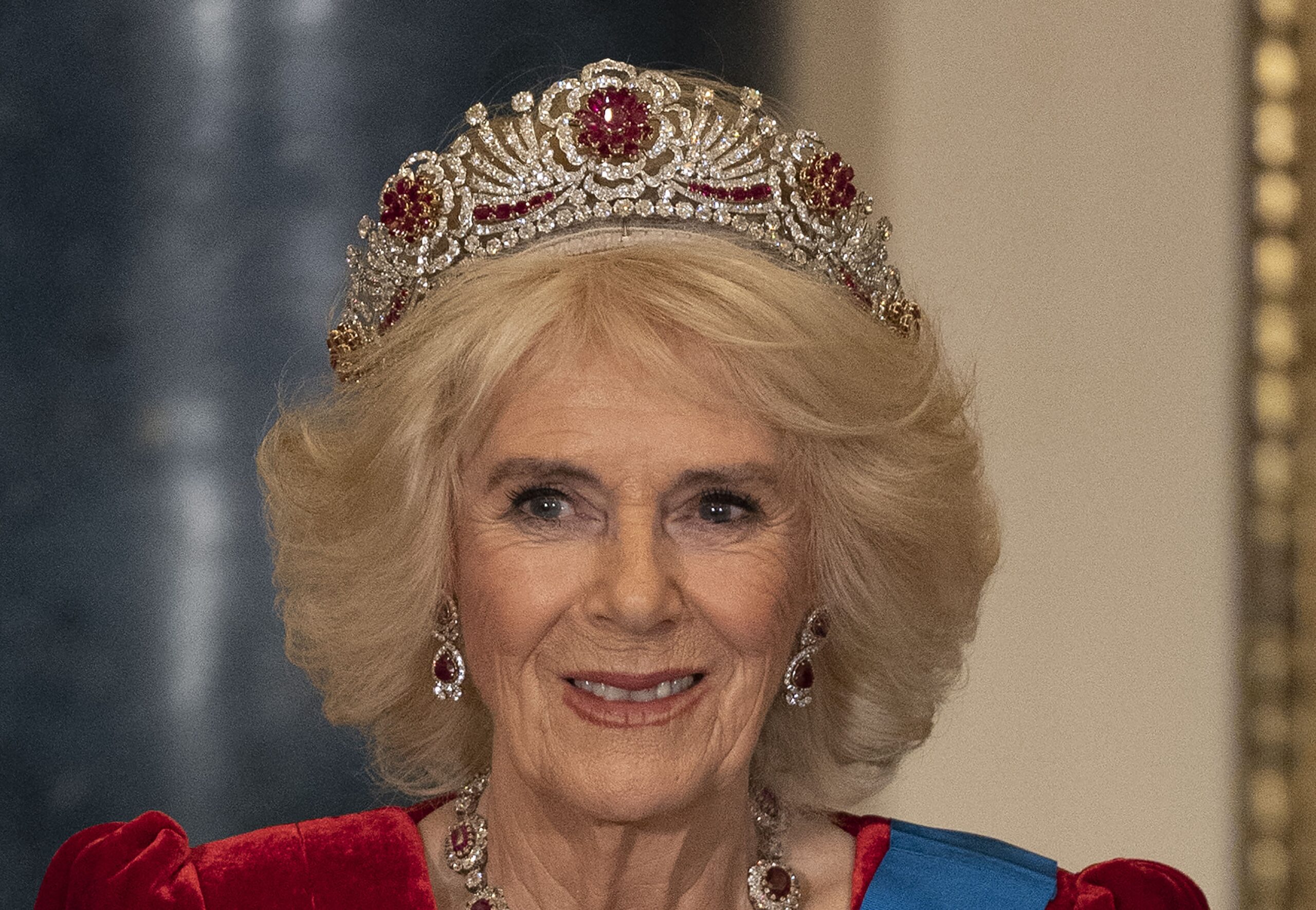
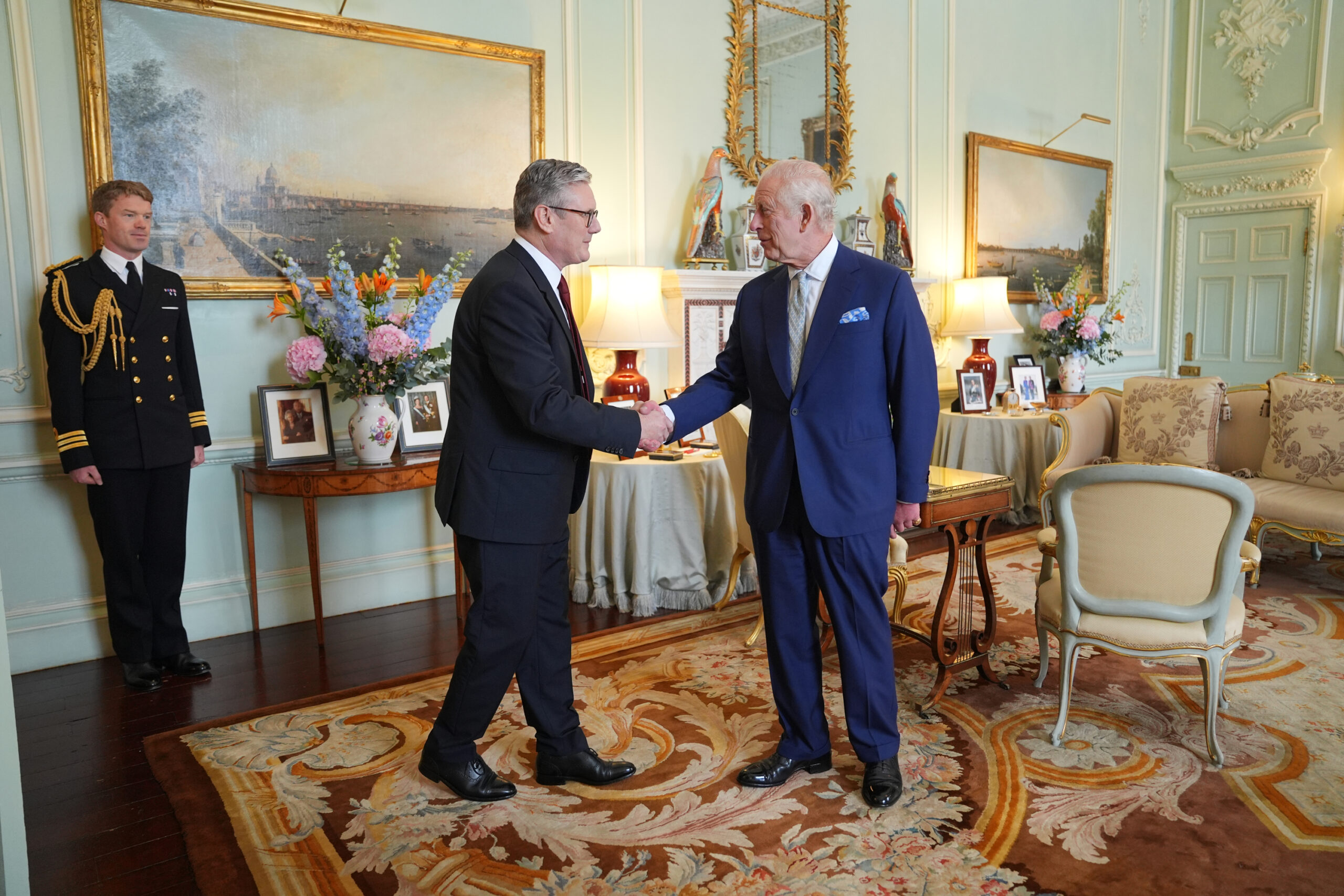
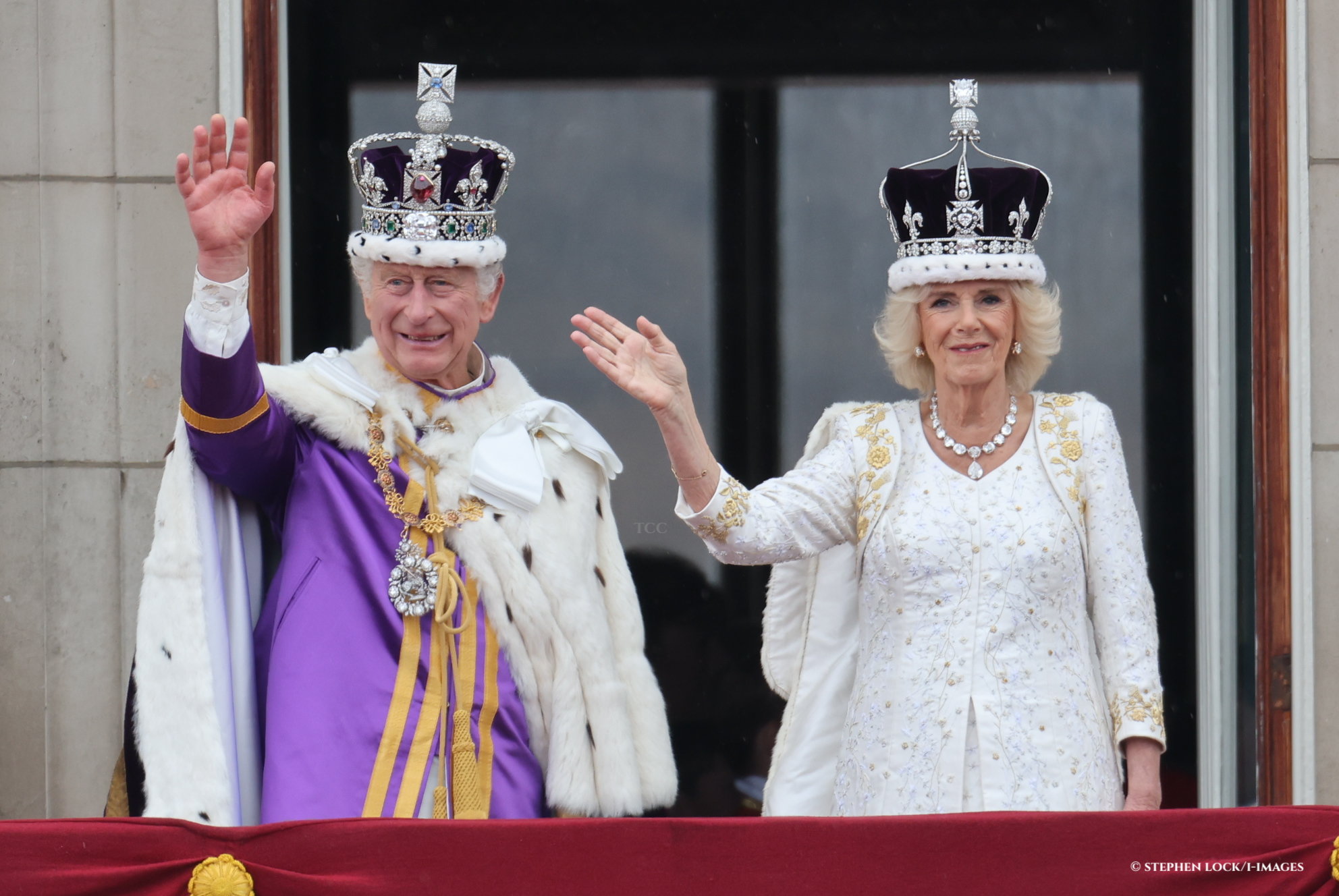
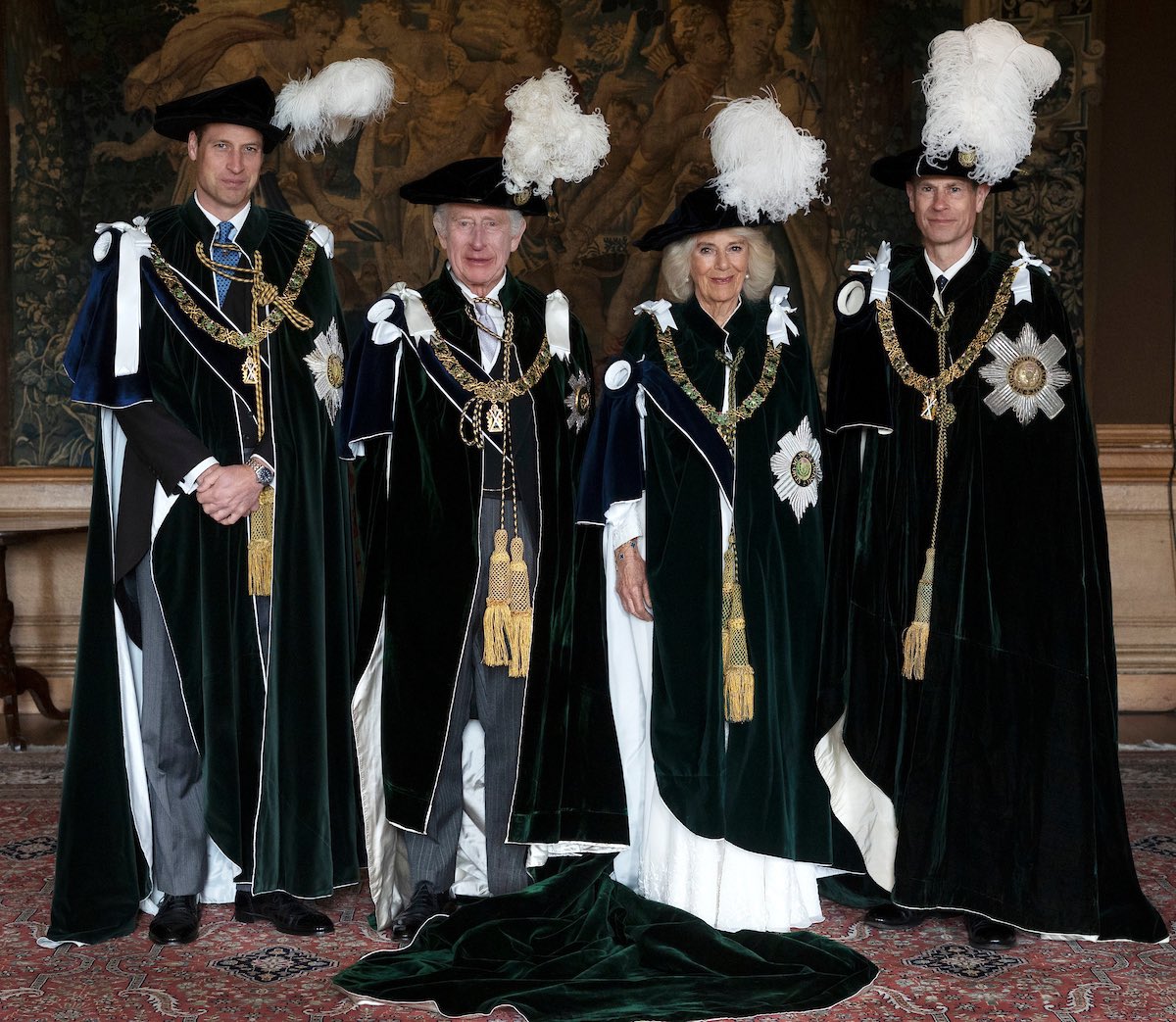
1 comment
Beautiful